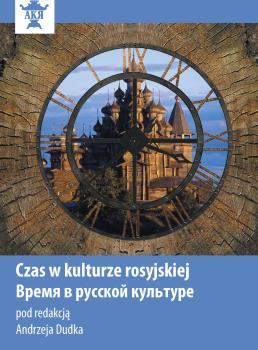Artistic Models of Time in the Russian Literaturę of the XIX Century (Based on Selected Works of the Classics) .......... 395
Synopsis
ARTISTIC MODELS OF TIME IN THE RUSSIAN LITERATURĘ OF THE XIX CENTURY (BASED ON SELECTED WORKS OF THE CLASSICS)
This work is an attempt to create an integral description and classification of the basic models of the depicted time, which are regularly found in the works of art of Alexander Pushkin, Nikolai Gogol, Leo Tolstoy and Fyodor Dostoevsky. The chosen method of research is mythopoetic phenomenology. The following models were identified and described: eternity, mythological (archetypal level of creation), cyclical (archaic level) metahistorical (legendary-historiosophical level), macro calendar (historical level), biographical (macro-event level), actual-event (“clock” level) and stop-frame (instant level). The temporal world of Alexander Pushkin is universal: it combines different models, but there are no two extremes – eternity and freeze-frame. Nikolai Gogol uses the same models, but in this case they take on a distorted, pathological appearance, and a return to archaic or even archetypal harmony is offered as a salvation from this pathology. The original model of Leo Tolstoy is natural cyclic time (sometimes transforming into a still frame), and spiritual biographies tend to descend to the meta-biological level, which means giving up history in favor of nature. Fyodor Dostoevsky’s favorite temporal models are reporter, criminal and catastrophic. The catastrophic passage of time often takes the form of a universal meta-catastrophe, the Apocalypse; There is also a rare species – cosmic time.





